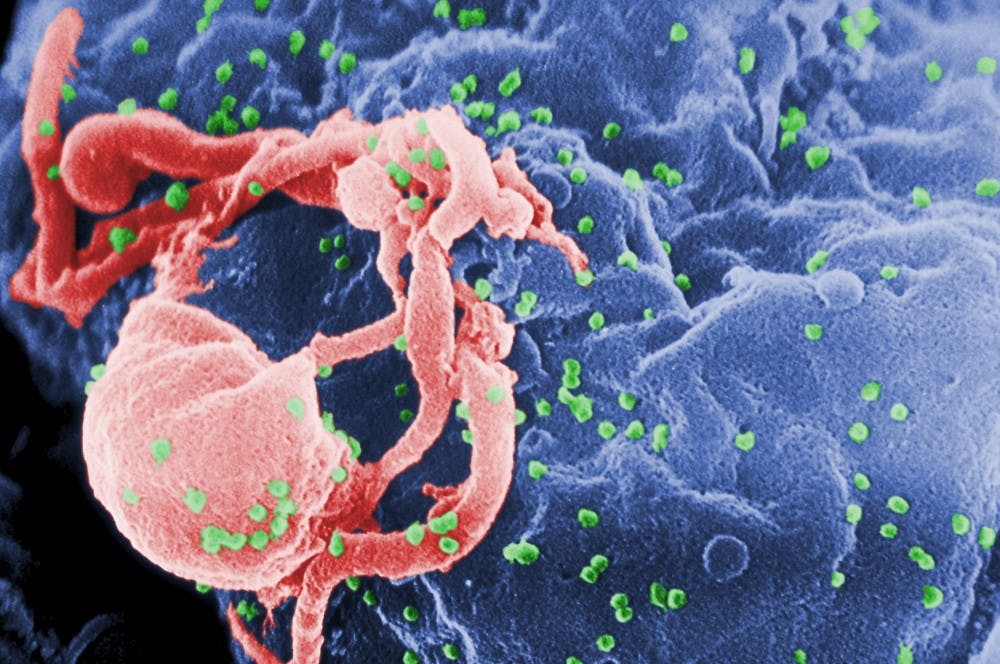A new report on the incidences of human immunodeficiency virus (HIV) in the United States reveals that the decline in HIV infections has plateaued as the Trump administration reveals its intention to end the HIV epidemic by 2030.
The U.S. Centers of Disease Control and Prevention (CDC) recently released a report on the estimated prevalence of HIV in the United States from 2010 to 2016. According to the report, HIV incidence significantly decreased between 2010 and 2013 but remained steady between 2013 and 2016.
President Donald Trump announced his initiative to eliminate the transmission of HIV nationwide by reducing new infections in the United States by 75 percent in the next five years and by 90 percent in the next 10 years during his State of the Union Address delivered in early February.
“My budget will ask Democrats and Republicans to make the needed commitment to eliminate the HIV epidemic in the United States within 10 years. Together, we will defeat AIDS in America,” Trump said.
HIV can lead to acquired immunodeficiency syndrome, commonly known as AIDS, if left untreated.
The CDC report includes data from the 50 states and the District of Columbia between the years of 2010 and 2016. It suggests that the number of HIV infections in 2016 increased among adults age 25 to 34, was stable among adults 35 to 44 and 55 or older, and decreased in people age 13 to 24 and adults age 45 to 54 when compared to the annual number of HIV infections in 2010. In the regional aspect, the annual number of HIV infections decreased in the Northeast region while remaining stable in the Midwest, South and West.
The report also states that the annual number of HIV infections in 2016 decreased from 2010 among women but remained stable among men. The rate of infection for men was 4.7 times higher that the rate for women. Male-to-male sexual contact attributed to the highest percentages of HIV infections in 2016 — approximately 68.2 percent in total. In addition, HIV infections decreased among white men who have sex with men, remained stable among black men and increased among Latino men from 2010 to 2016.
Using CDC data from 2010 to 2015, a paper published by the journal AIDS and Behavior projected trends in the epidemic by considering the three following scenarios: no changes happen; 95 percent of the diagnosis, care and viral suppression targets are met by 2025; or 95 percent of the diagnosis, care and viral suppression targets are met by 2030. The paper states that two main actions can be taken in order to end the epidemic: More people living with HIV should be diagnosed and those already diagnosed need to receive treatment.
Heather Bradley, an assistant professor of Epidemiology and Biostatistics at Georgia State University’s School of Public Health who authored an unaffiliated paper based on the research she conducted on HIV surveillance, spoke on what she believes the future for HIV may look like. “We may be able to achieve up to a 67 percent decrease in new HIV infections in the next 10 years,” Bradley said. She adds that, while these targets are achievable, they require a lot of governmental aid.
“The administration’s goal for 2030 is a 90 percent reduction in incidence,” Bradley said. “Our paper suggests, at most, a 67 percent reduction can be achieved with currently available HIV prevention tools scaled up to levels never before seen in the U.S. HIV epidemic.”
Thus the number of new infections could be reduced using a national strategy with achievable goals that are backed by substantial resources and political commitment.
The Trump administration plans on funding various types of programs to end the HIV epidemic in the U.S., such as programs that take place in geographic hot spots of HIV infections, use data to identify and track the spread of HIV, expand local efforts in HIV prevention, and treatment in targeted areas. The exact costs of these programs have not been confirmed.





